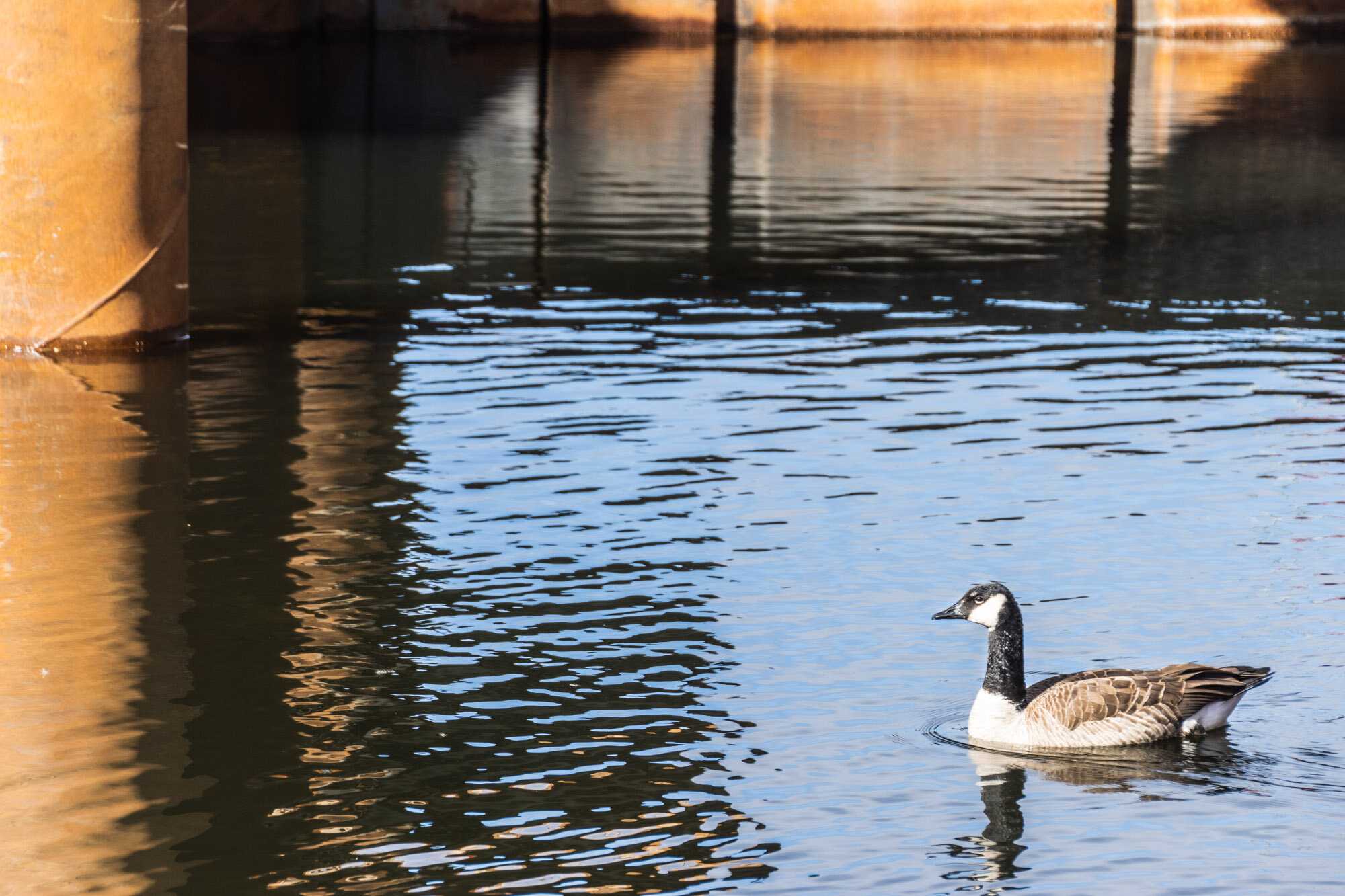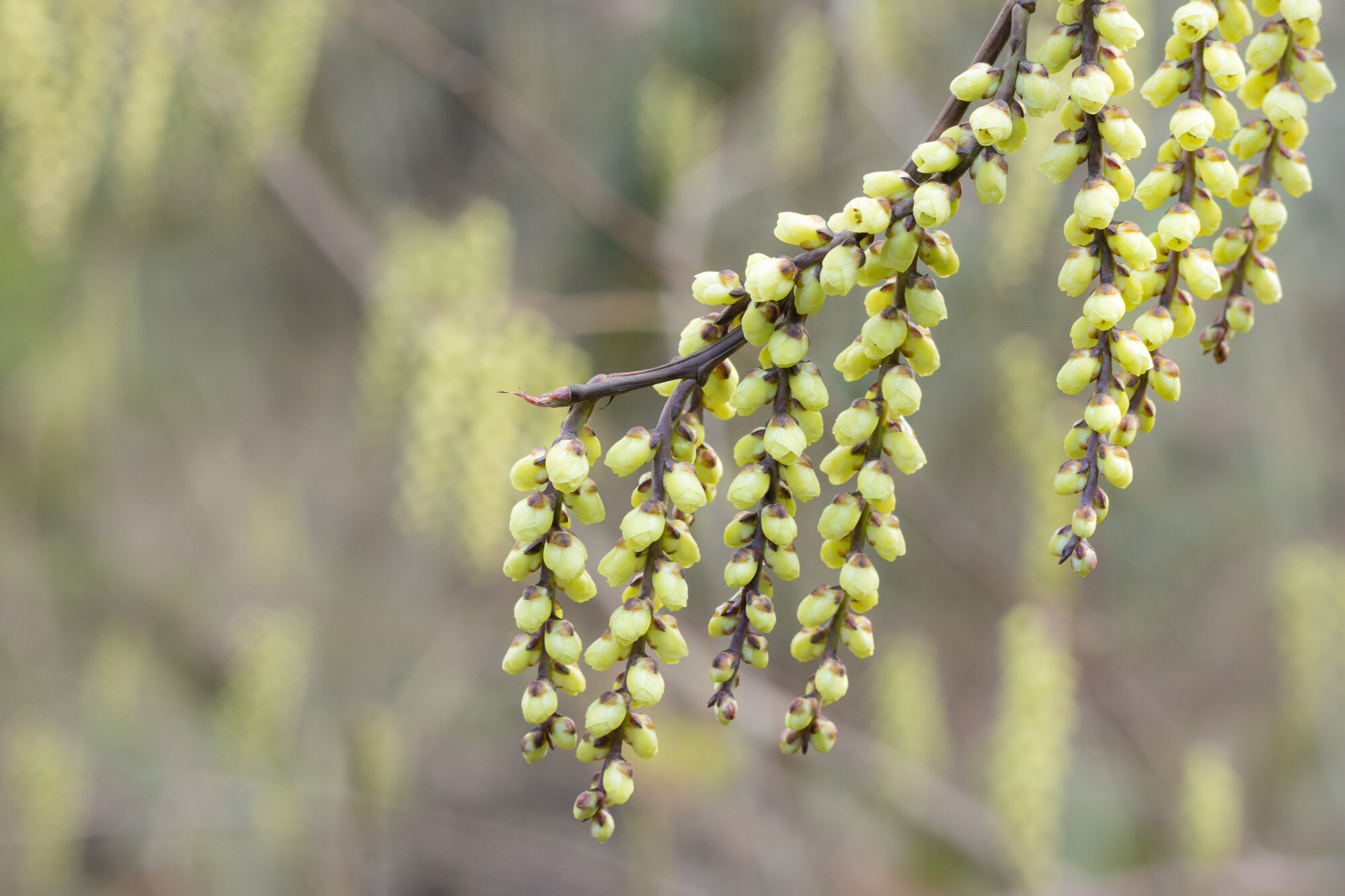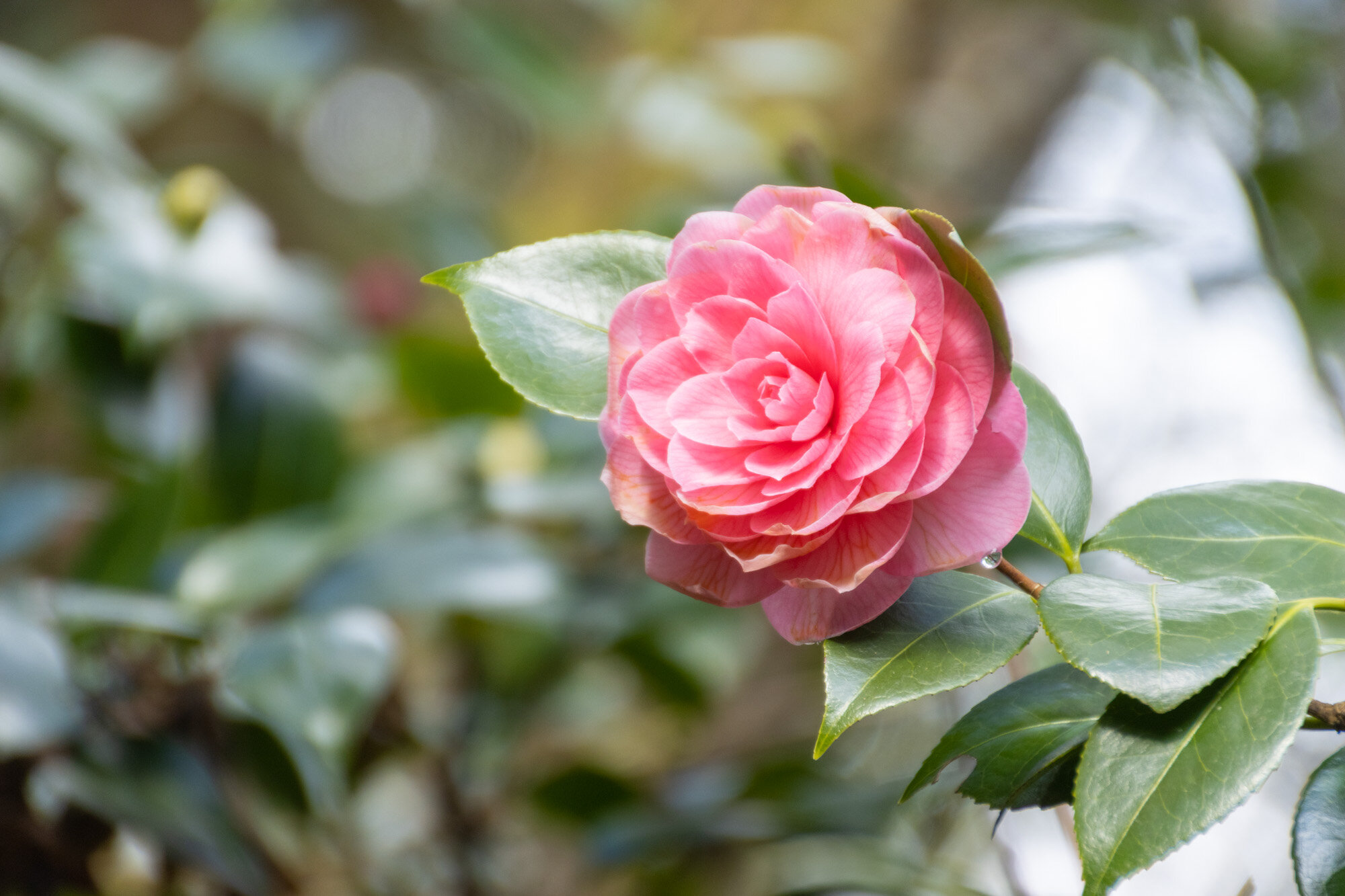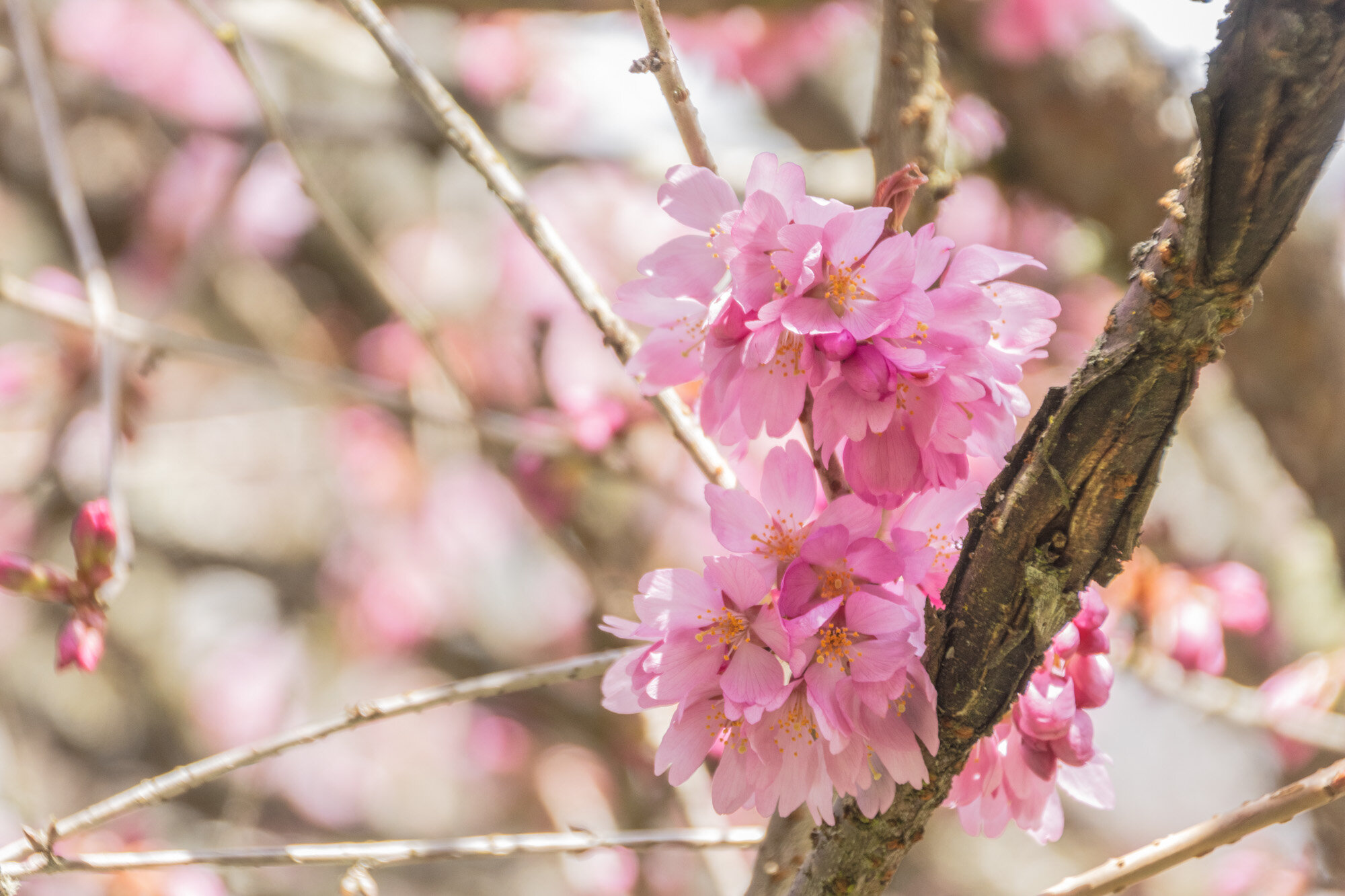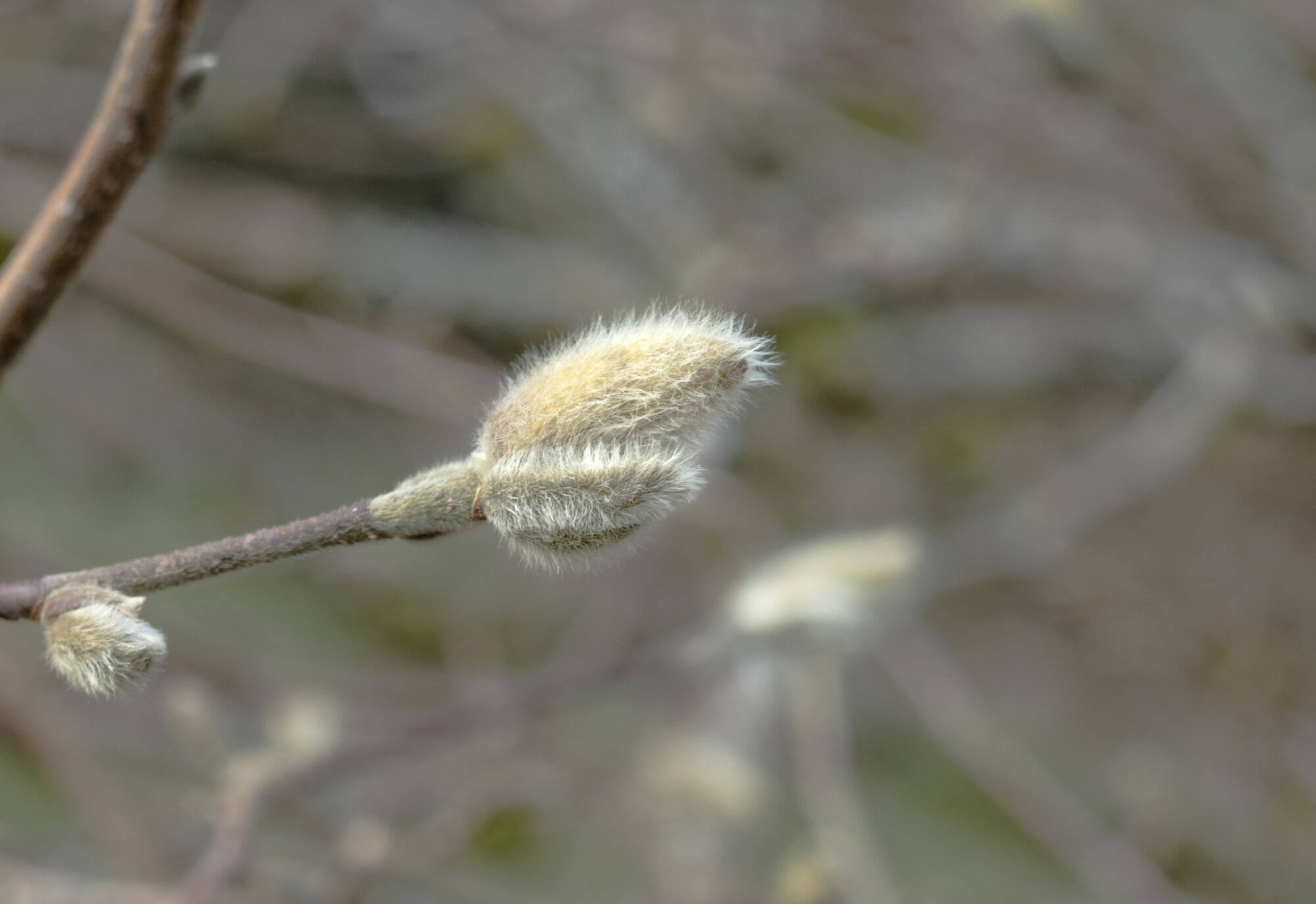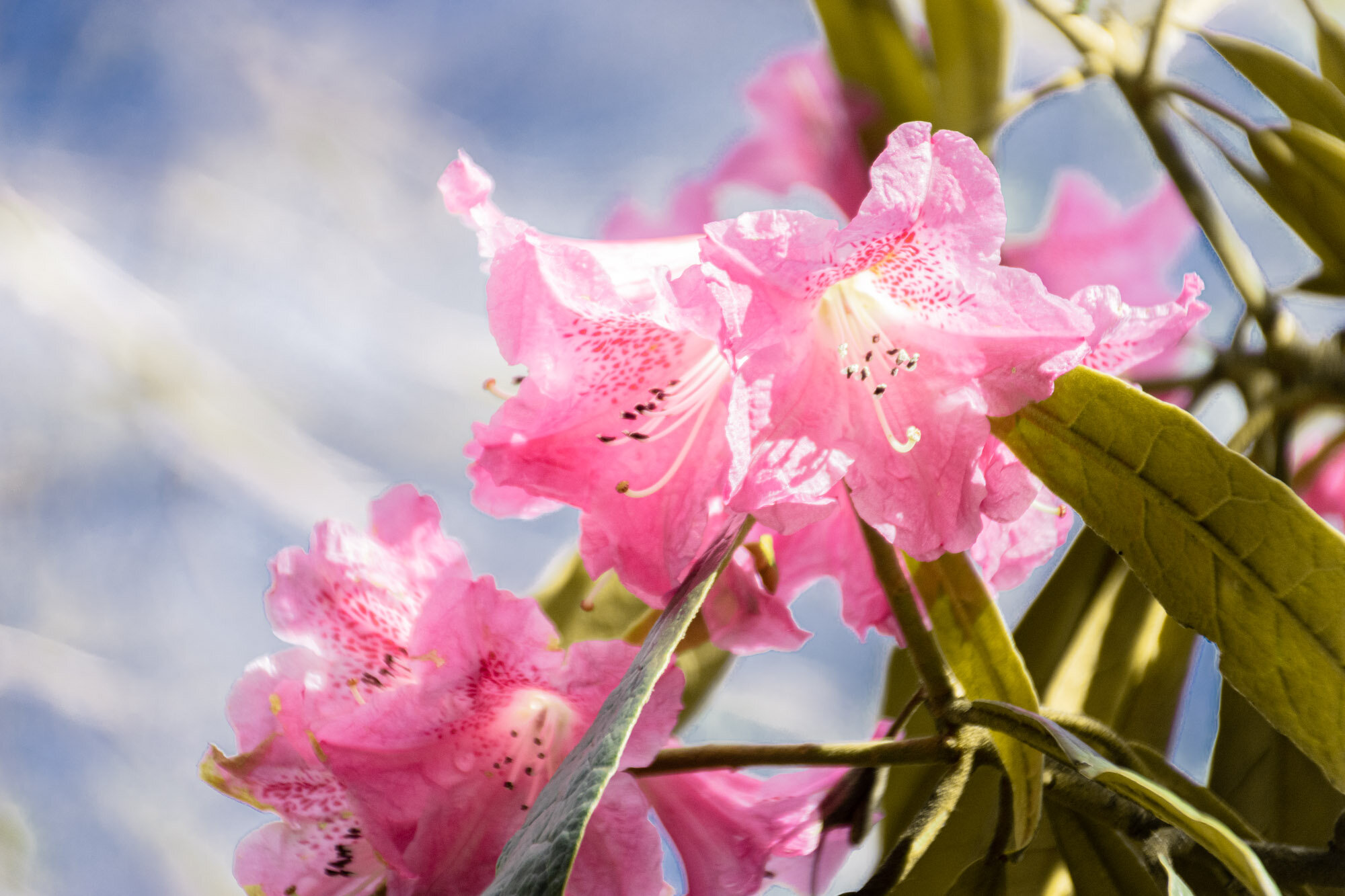Finding Spring in the Arboretum
I’m writing this post on March 20th, and I am looking for spring. I have never been to the Arboretum this early in the year, but it was worth a try. What I found was like the earth giving birth everywhere I turned. I’m not sure if this was coincidental or an act of a higher force, but the day I visited the Arboretum this week was the same day my daughter gave birth to my newest grandchild.
The Arboretum’s full name is the “Washington Park Arboretum and the University of Washington Botanic Gardens.” Its 230 acres of woodlands, wetlands, gardens and walking trails is one of the most diverse, important plant collections in North America, containing over 40,000 plants and trees. It is jointly supported and managed by the Seattle Parks and Recreation, University of Washington Botanic Gardens and the Arboretum Foundation.
The Arboretum was founded in 1934 and designed by the Olmsted Brothers, famous for designing 18 of Seattle parks and the UW campus. The Seattle Parks and Recreation Department has been described as one of the best Olmsted parks systems in the country, and the entire system was added to the National Register of Historic Places in 2016. The Seattle Japanese Garden opened to the public in 1960, and the Botanic Gardens was established in 2005 to unite the gardens and programs of the Washington Park Arboretum and the Center for Urban Horticulture.
The site has a long and complex history. Prior to white colonial settlement, the land was home to the Coast Salish people, who had several villages in the Union Bay area. Toward the end of the 19th-century it was owned by the Puget Mill Company which logged the land’s large trees in the 1880s. In 1900, the site became a city park, Washington Park, and was home to a speedway for horse racing and a sanitary fill. Interest in creating an arboretum in Seattle had been brewing for three decades among the UW staff and members of the community. A year after the Arboretum’s founding the Foundation was formed to raise funds for the gardens, and in 1936 they raised enough money to hire the Olmsted Brothers.
I decided to start my journey walking southeast toward Foster and Maury Islands. Strolling along the path I crossed over a small bridge and came upon Duck Bay on the north. Appropriately named, the bay had a variety of ducks. But the male wood ducks with their iridescent green and purple with white stripes really stood out.
Shortly thereafter I could see active construction on the 520 bridge . As I got closer, I noticed that the path to Foster Island went directly under the bridge. It was quite stunning to see the underside of the bridge with its striking geometry. and its clean white and orange. And of course the ducks and the geese found their way to that area as well.
In 2014 the State Department of Transportation paid the Arboretum $7.81 million to pay for mitigation projects tied to the construction of the new bridge through the Arboretum. These projects included a 1-mile multi-use trail and improvements to the Azalea Way Pond, parts of Arboretum Creek and Foster Island. The new trail brought to light water that used to be underground in pipes and culverts.
Following the newly extended trail, I discovered a totem pole that had been installed in 2015, a gift to the Arboretum Foundation from the family of Gretchen and Jim Faulstich. The pole was carved by Jim’s cousin, Dale Faustich, a non-Native American artist who has carved more than 50 totem poles for the Jamestown S’Kallam Tribe of Sequim. The bold, brightly colored carvings were inspired by the traditional Northwest coastal native folk tale, “The Origin of the Eagle Clan”.
The story is about the son of a powerful chief who sets out in his canoe to catch fish but is marooned on an island during a storm. He is rescued by a young woman, who turns out to be the daughter of the powerful chief of the Eagles. She brings him to her village, and they eventually marry, and as a wedding gift, the young prince receives a magical garment made of eagle feathers, which allows him to fly and travel long distances.
Using the garment, he performs incredible feats of hunting, such as bringing a whale to shore using his bare talons. While the prince hunts, his wife transforms into an eagle and sits atop a tall tree awaiting his return. She is the source of his magical power. The prince eventually returns to his village with his wife, reunites with his family and becomes a wealthy but very generous chief.
I was not prepared for as many colorful displays of early spring as there were. Hints of pink, red, yellow and white were whispering through the green leaves. The buds were abundant and some of the early bloomers like the camellias were out in force. There were just enough to know that in a few short weeks, the Arboretum would be exploding in color. Come take a walk with me.
As I walked down the paths there was so much more to see. I could have spent many more than the 2 hours I had. Toward the end of my journey there was a group of children gathered with their parents, giving something all of their attentions. Turning my head toward whatever they were looking at, all I saw was a grouping of trees. I didn’t understand. When I asked one of the parents what they were looking at, he pointed and I saw a barred owl sitting contently on the branch of one of the trees. I felt like it was keeping its eyes on all of the wondrous nature around it making sure it was safe and would continue to blossom and bloom just like it was supposed to do.






